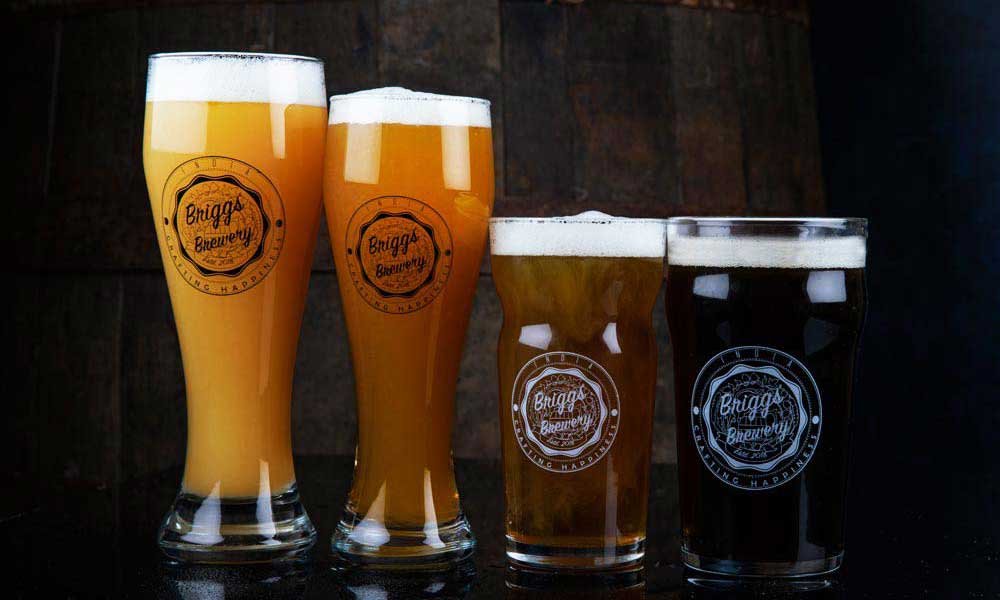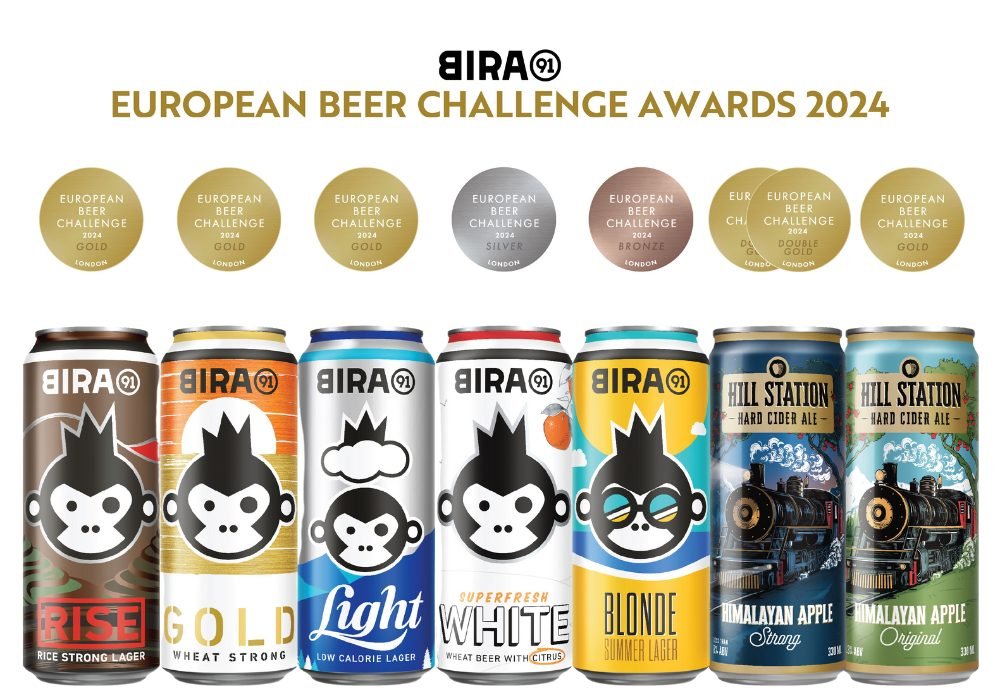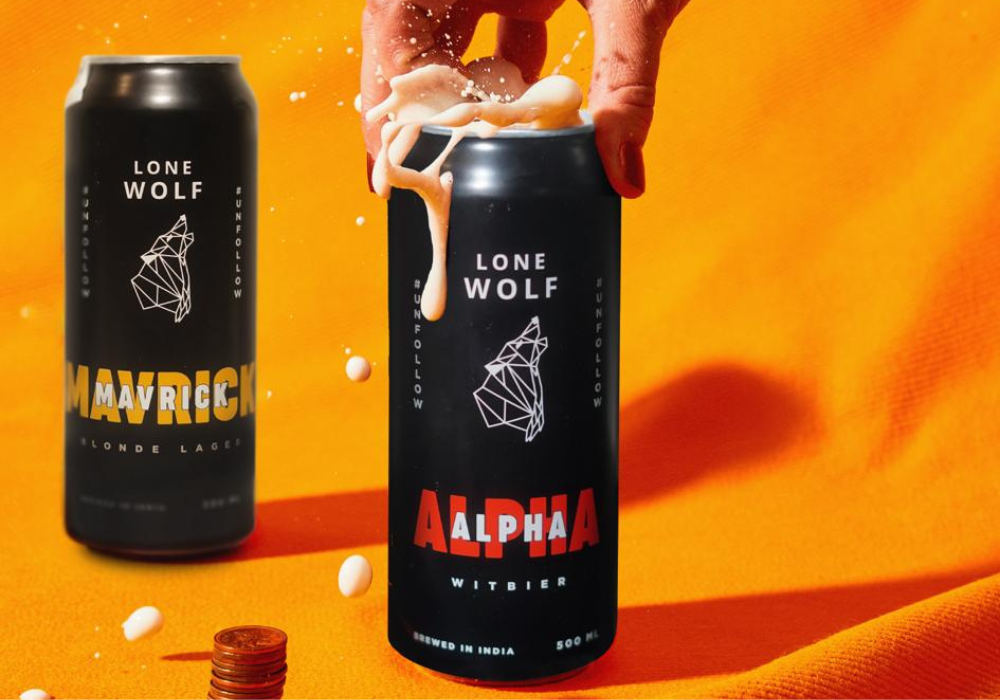“Resilience, The Most Important Learning Of 2020”, Reveals Briggs Brewery Founder Hari Singh, While Predicting Future Industry Trends

A year into the coronavirus pandemic and one narrative continues to lead conversations surrounding beer sales in India: “What’s the way forward?”
 Since mid-March, the virus’ impact on the beer industry has been devastating. From surviving on-premise and retail shutdowns to supply chain challenges and layoffs – 2020 has certainly disrupted the beer industry in an unimaginable way.
Since mid-March, the virus’ impact on the beer industry has been devastating. From surviving on-premise and retail shutdowns to supply chain challenges and layoffs – 2020 has certainly disrupted the beer industry in an unimaginable way.
But despite a turbulent year and a future ridden with financial uncertainty, beer industry entrepreneurs are confident that 2021 is the year to revive everything lost. In this week’s piece on craft beer industry trends, we interview Hari Singh, founder and CEO of Briggs Brewery – Bengaluru’s first homegrown craft-beer label that turned 1 this year.
Founded by people who bonded over their immense love for beer, Briggs was created from the simple idea that beer has the power to bring people together and that, the best stories unfold over great beer. Today, Briggs brings its own array of unique flavours to an international collection of craft beers that caters to the diverse Indian craft beer palate.
While highlighting some key factors that could possibly bump up per capita consumption of beer in India, Hari shares with us his key learnings of 2020 while predicting industry trends and market size for the next year.
1. What upcoming key global craft beer trends do you foresee for the year of 2021? How do these compare to the trends specific to the Indian market?
The year 2021 will be a year for the revival of the craft beer industry all over the world. The Indian market will be a reflection of this. In this revival mode, no distinct trend in beer style will emerge. If any, from a marketing perspective, some mild Craft Beers could emerge to become popular. There are several recipes in the archives.
2. What is going to be the market size of the beer industry in 2021 and what will be the key driving factors?
The year 2021 will be a year of returning back to normal, the market size is likely to be the market size that prevailed during 2019. Assuming the end of the Pandemic and its effects by Feb 2021, the Excise Duty policy, State prohibitions shall be one of the key driving factors.
3. What is the market size and consumer demand of higher ABV beers vs low ABV ones?
We believe that higher ABV should occupy 75-80% and lower ABV around 20-25% considering the gradual shift and introduction of new beers in the low ABV segment.
4. What measures would you suggest to increase per capita consumption of beer in India?
Excise duty is the single big damper on the increase of per capita consumption. The prohibition policy in itself, in principle, means that the per capita consumption or consumption of alcoholic beverages by individuals should not grow; on the other hand, should be under control or should taper down. This is an oxymoron, as the government depends on the increase in the per capita for an increase in their revenue. What measures? Reducing excise duties to increase sales and consequently increase revenue.
5. How relevant is e-commerce for the future of doing beer business in India? Please elaborate.
E-commerce is relevant for the liquor business in general but is subject to a lot of factors in India. This has been reviewed by the Karnataka Excise Department under the larger construct of the government policy. Online Platforms taking in orders for Delivery of beer/alcohol would definitely enhance the ease of purchase and add volumes. Logistical costs, breakages, fake liquor, fake platforms, ensure responsible buying, etc., are aspects that need to be addressed prior to taking a plunge into e-commerce.
6. What are your thoughts on the future of the Growler Policy in India?
 Growlers are not standard beer packaging anywhere in the world. In India, the manufacturing, retail, carriage and distribution of beer is regulated by law. Even the size and material of packaging are controlled by regulatory prescriptions. Using Growlers means you can, in fact, bottle beers, without a valid bottling license. Growlers are generally used for craft beers and therefore can only be filled from a microbrewery, which does not have the license to bottle beers and sell outside their premises. While temporarily permitted during the Pandemic to provide relief to the industry, we are back to the statutory application of excise laws.
Growlers are not standard beer packaging anywhere in the world. In India, the manufacturing, retail, carriage and distribution of beer is regulated by law. Even the size and material of packaging are controlled by regulatory prescriptions. Using Growlers means you can, in fact, bottle beers, without a valid bottling license. Growlers are generally used for craft beers and therefore can only be filled from a microbrewery, which does not have the license to bottle beers and sell outside their premises. While temporarily permitted during the Pandemic to provide relief to the industry, we are back to the statutory application of excise laws.
If regulations do permit the use of Growlers in the future, then regulations need to address its use as well. Growlers are reusable glass bottles or mini metal canisters which are generally the personal property of the customer. These will fall in the category of Excise article under the Excise Law. From health safety considerations, these need to be sterile before filling. The beer that’s filled is unpasteurized and must be kept refrigerated at the right temperature. They have the potential of getting contaminated if not handled correctly. Regulating restrictions on quantity and resale are other issues.
7. What are your key learnings of 2020?
Resilience is the most important learning of 2020 and we need to equip ourselves and the companies with the right tools to be more resilient in the future. Digital technology has proved its worth in 2020 and moving forward the management style and operations shall be influenced by technology. The year 2020 has made us ask some realistic questions and introspect.
8. What, in your opinion, are some of the biggest wins the Indian craft beer industry witnessed this year?
This year 2020, as we reach to the end, in our opinion, there have been no wins.
Brewer World Exclusive






